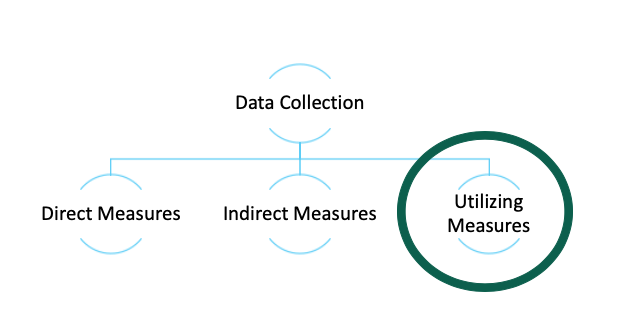
After deciding on the Student Learning Outcomes and building the curriculum map, the program will need to decide on the appropriate way to measure each Student Learning Outcome within the program of study. Remember, Student Learning Outcomes should answer the question: What do you want students to be able to do upon successful completion of your program?
Every Student Learning Outcome must be assessed within the curriculum, however the program may elect to rotate the years in which each Student Learning Outcome is assessed (for example, if the program has six Student Learning Outcomes you may assess numbers 1, 3, and 5 in odd numbered years, and 2, 4, and 6 in even numbered years). Every Student Learning Outcome must have at least one direct assessment. Utilizing an indirect assessment as an additional piece of supplemental information is also encouraged, especially for Student Learning Outcomes where the direct measures data may need additional information to ascertain where or why continuous improvement in the program should occur.
Once the direct (and indirect) measures have been established, the program must collect data from the appropriate courses. For direct measures, this will mainly occur in a particular class. If it is a large class or if there are many sections of the same course, the option to utilize a sample from this population exists. If you do so, it is important to indicate the method of sampling within the assessment report.
Reliable and valid rubrics are a wonderful way to provide consistent feedback and track changes year after year. In the event a rubric is utilized as a direct measure, please indicate whether the instructor of record or a committee utilized the rubric for assessment purposes.
